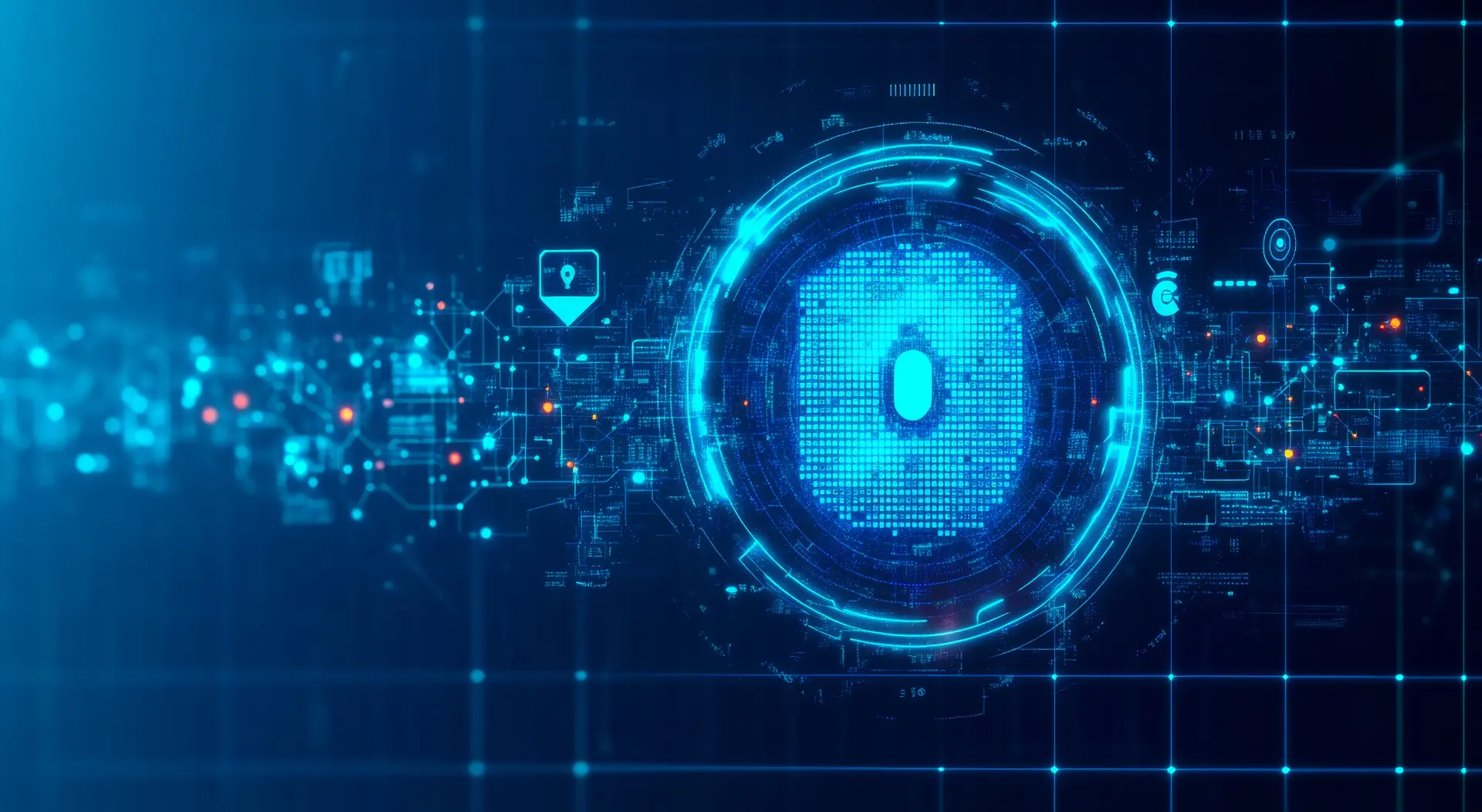Table of contents
- Biometric passkeys: the future of digital security
- How a passkeyworks
- The benefits of biometric passkeys
- Challenges and future prospects
Biometric passkeys are revolutionizing cyber security by eliminating the need for traditional passwords.
Thanks to technologies like fingerprint recognition and facial recognition, users can securely access their accounts while reducing risks associated with phishing attacks and credential theft.
Discover how they work and why they represent the future of cyber security.
Biometric passkeys: the future of digital security
The era of passwords is coming to an end. Tech giants like Google and Microsoft are promoting a more modern and secure authentication method: biometric passkeys. But what are passkeys, and why are they transforming cyber security?
Passkeys are digital credentials that utilize biometric data, such as fingerprints or facial recognition, to grant access to devices and online services. This system eliminates the need to enter a username and password each time you log into a website or application. With a passkey, you can securely access your accounts without remembering complex character strings.
How a passkey works
Passkeys operate through an advanced cryptographic authentication system that combines hardware and software elements to ensure maximum security. Unlike traditional passwords, passkeys do not require textual credentials. Here’s how the process works:
Passkey creation
When you create a passkey, the system automatically generates a pair of cryptographic keys:
- Private key
This key is stored locally on your device in a highly secure environment, such as iCloud Keychain for Apple devices or a Trusted Platform Module (TPM) on Windows systems. The private key never leaves your device, reducing the risk of compromise.
- Public key
This key is sent to the server of the service you wish to access, such as a website or application.
The relationship between these two keys is unique and mathematically linked, but it is impossible to derive the private key from the public key, ensuring system security.
Biometric authentication
Whenever you want to access a service that uses a passkey, your device requires biometric verification:
- If the device has a fingerprint reader, it will use this technology to authenticate you;
- Alternatively, facial recognition will be used, leveraging advanced sensors like Face ID on iPhones or similar features on other devices.
Once your identity is verified, the device uses the private key to digitally sign the access request.
Secure key exchange
The digital signature generated with the private key is sent to the service’s server along with the pre-registered public key. The server compares the signature with the public key and, if verification is successful, grants access.
This mechanism completely eliminates the need to transmit or store passwords, reducing the risks associated with credential theft.
Integration with operating systems and the cloud
Passkeys are designed to seamlessly integrate with major operating systems and cloud platforms:
- Apple integrates passkeys into iCloud Keychain, allowing users to synchronize them across all their devices. If you set up a passkey on an iPhone, it will also be available on an iPad or Mac linked to your iCloud account.
- Google supports passkeys through Google accounts, providing centralized management synchronized across Android devices and compatible browsers.
- Microsoft is implementing a similar infrastructure through Azure Active Directory and Windows Hello, ensuring easy and secure access for Windows users.
This integration provides a consistent experience, allowing users to access their accounts anywhere without reconfiguring the system.
What happens if you lose your device
One common concern about using passkeys is losing the device where the private key is stored. However, there are solutions to handle this situation:
- Thanks to cloud synchronization, like iCloud Keychain, you can access your passkeys from another device associated with your account;
- Advanced services allow users to register multiple authorized devices, ensuring access even if the primary device is lost;
- Some providers, like Google, offer recovery options via alternative verification methods, such as email or backup codes.
Security without compromise
A key aspect of passkeys is that the entire authentication process occurs without transmitting biometric data to the server or third parties. This means:
- Your personal data, such as fingerprints or facial recognition patterns, remain on your device;
- Even if a server is breached, passkeys are useless without the locally stored private key.
This approach offers superior protection over traditional passwords, providing a secure way to authenticate to any website or application.
In summary, biometric passkeys represent a breakthrough in the world of cyber security, offering an authentication method that combines ease of use and maximum protection.

The benefits of biometric passkeys
One of the main advantages of biometric passkeys is protection against phishing attacks. Since traditional passwords do not exist to be stolen or intercepted, cybercriminals cannot exploit techniques like social engineering to obtain login credentials.
Additionally, passkeys significantly enhance user experience. Once a passkey is set up, there is no need to manually enter a username or remember complicated passwords—just a touch or a glance grants access.
Another major benefit is compatibility with leading operating systems like Apple, Google, and Microsoft.
Example
Google account or iCloud Keychain users can easily configure passkeys on their devices, leveraging advanced security without sacrificing convenience.
Challenges and future prospects
Despite their many advantages, the adoption of biometric passkeys presents some challenges.
Example
Not all devices have biometric recognition hardware, which could limit widespread adoption. Additionally, platforms must ensure the highest level of protection for users’ biometric data, as a breach of such data would pose a significant privacy risk.
However, the future looks promising. With the increasing use of biometric devices and the adoption of increasingly sophisticated security standards, biometric passkeys could become the predominant authentication method, offering robust protection and greater convenience for users worldwide.
